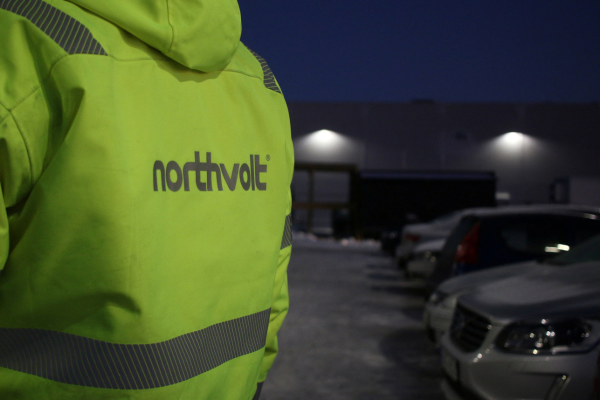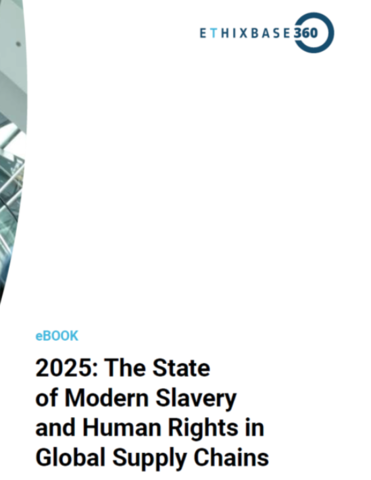Shipping containers and the recovery of international trade
Will the global supply chain need a revamp or a complete overhaul to get resilient?

Covid created a drawn-out perfect storm which knocked a delicately balanced global supply chain off-kilter. And at the heart of the resulting crisis lies the very same unassuming steel box which ushered in a new era of global trade in the 1960s.
The humble shipping container, with its uniform dimensions, which streamlined an industry that previously had to incorporate the painful loading and unloading of a hodgepodge of crates and trunks of all shapes and sizes, was just the beginning of a revolution in global logistics. The real feat was to develop a system that kept these metal boxes in circulation around the globe, matching demand for them across continents – especially North America, Asia and Europe – to make full use of their storage capacity.
A fragile system at the best of times, but it worked out ways to deal with the two most destabilising time periods – Christmas and the Chinese New Year. It included buffering mechanisms to tackle temporary imbalances in case something sent some other part of the ecosystem off its axis.
The lucrativeness of the business allowed for the repositioning of empty containers when a new cargo couldn’t be secured for the return trip within a couple of days. To meet the sharply increasing demand for containers, they were manufactured at a breakneck speed of 5.8 million standard units per year – almost all of them in China.
But the pandemic dealt a series of blows to this system. Containers shipping PPE from China to Africa could find no cargo to load for the trip back. US imports shot through the roof for Christmas while Chinese imports stopped thanks to the country’s stringent lockdown measures. Truck drivers and port staff were laid low with Covid in droves, paralysing overland transportation.
As a result, the intrinsic asymmetry of the system has been accentuated, which is well demonstrated by the fact that the average median time containers spent in depot in 2021 was five days in China and 50 and 51 days in the US and the UK respectively.
What strategies can businesses adopt to deal with the container crisis?
There has been a lot of talk about how Covid will force supply chains to get more resilient to deal with future crises. The most obvious tactic is to move away from the just-in-time model and build more contingency into the system. By increasing inventories and warehousing capacity and adopting multiple sourcing, companies can hope to ride out temporary shortages caused by glitches in their supply chains. More strategic measures include regionalising and nearshoring suppliers and increasing the number of production sites.
A recent McKinsey report, however, found that, while shortly after the outbreak of the pandemic 40 per cent of respondents had plans to nearshore and increase their supplier base, only 15 per cent of them have in fact done so.
The reason for this is that “it’s quicker to build inventories than factories.” What took years to build can’t be undone and replaced by a viable ecosystem overnight. Even adjustments to inventory management can get rather time and resource intensive. As ManMohan S Sodhi, Professor of Operations and Supply Chain Management at Bayes Business School, has pointed out, US companies took 20 years to achieve just-in-time supply chains by 2 per cent increments of inventory reduction year on year. Reversing the process will surely require time, even if warehouses start mushrooming today. In comparison, nearshoring and regionalising supply chains and production involve investments on a much larger scale and can have vast and wide-ranging implications regarding production costs and business models.
It’s little surprise then that businesses are reluctant to make instant and profound changes to how their source their raw materials and components. First of all, making transformative investments is much easier during a boom offering high returns than it is during a contracting market. Secondly, although experts predict that the global supply chain won’t rebound before 2023, if it eventually does, any efforts and investments made to fundamentally redesign corporate supply chains may prove unnecessary and wasteful in hindsight.
Lessons learned during the pandemic, however, show that at least one of the factors – either inventory management or the geographical distribution of production and suppliers – needs to be altered to shore up corporate supply chains against future disruptions.
Perhaps counterintuitively, one company that has weathered the Covid storm has been Toyota, the inventor of just-in-time manufacturing, thanks to its policy of stockpiling critical parts and keeping its suppliers close to its base – policies which led to it becoming the world’s biggest car manufacturer, while its rivals have been struggling with chip shortages.

Zita Goldman
Most Viewed
Winston House, 3rd Floor, Units 306-309, 2-4 Dollis Park, London, N3 1HF
23-29 Hendon Lane, London, N3 1RT
020 8349 4363
© 2025, Lyonsdown Limited. Business Reporter® is a registered trademark of Lyonsdown Ltd. VAT registration number: 830519543





